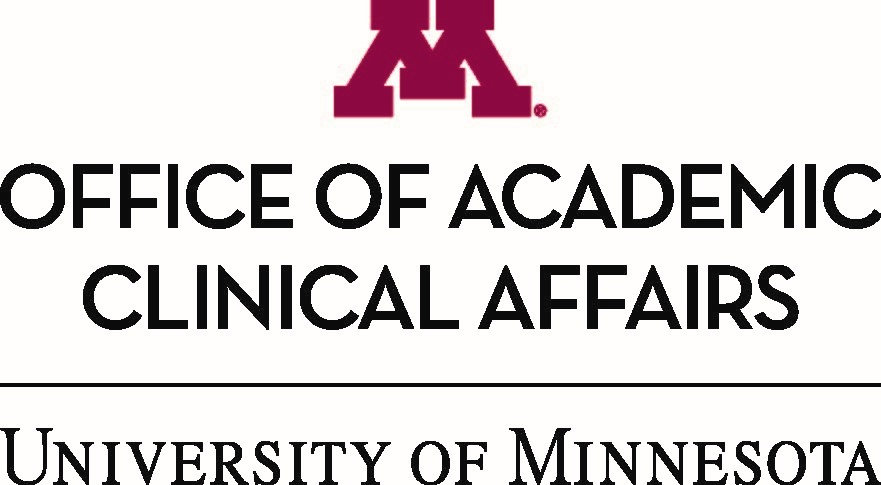Different CWD strains in North America, Europe, researchers conclude
While both North America and Europe have detected chronic wasting disease (CWD) in cervids such as deer, the two continental strains are distinct, reports a study yesterday in Proceedings of the National Academy of Sciences (PNAS).
To compare CWD strains in Canada and Norway, the researchers experimentally infected bank voles to observe phenotypes across three serial passages. (A 2013 bank vole phenotype study showed Canadian and US CWD had identical transmission and phenotypes.) Not only did Canadian strains have faster replication—suggesting they would have outcompeted the Norwegian strains if they had emigrated to Europe—but they caused spongiform degeneration in different areas of the brain.
Although all three Norwegian moose isolates transmitted easily to bank voles, only one of two Norwegian reindeer isolates transmitted and all corresponding bank vole strains were distinct. This could mean Norwegian CWD does not transmit between cervid species, unlike North American CWD.
"Since the CWD strains in Europe are different from [North America] CWD, the present knowledge is not easily transferrable to the European situation, and a reevaluation of the transmissibility and the zoonotic potential of the new CWD strains here identified is needed," the researchers write.
CWD is a fatal neurologic disease transmitted from cervid to cervid through shed prions, and, according to the study, both North American and Norwegian CWD caused spongiform degeneration, neuronal loss, and gliosis in bank voles. European CWD was first detected in Norwegian reindeer and moose in 2016, almost 60 years after the first North American case in captive deer in Colorado in the 1960s.
The study adds that, in Europe, CWD has been found in 1 red deer and 7 moose in Norway as well as 3 moose in Finland and 1 in Sweden.
Nov 23 PNAS study
WHO: Flu detections remain low as both influenza A and B detected
Flu activity across the globe remains at lower levels than expected for this time of year, likely due to COVID-19 impacts, though some countries in temperate parts of the Northern Hemisphere are reporting sporadic detections from both influenza A and influenza B, the World Health Organization (WHO) said in its latest regular update.
Saudi Arabia and Haiti are among the countries to report sporadic influenza B cases in recent weeks, and co-circulation of influenza A and B strains has been reported in a few West African countries, including Burkina Faso, Ivory Coast, and Togo.
In tropical Asia, India reported sporadic H3N2 cases, while Afghanistan detected some influenza B viruses, and H3N2 was reported in southeast countries, including Laos, Vietnam, and Thailand.
Globally, of nearly 109,000 respiratory samples tested at WHO affiliated labs in late October through early November, only 100 were positive for flu. Of those, 63% were influenza A, and of the subtyped influenza A samples, 88.7% were H3N2.
Nov 23 WHO global flu update
Nigeria battles new yellow fever clusters in multiple states
Nigeria has reported a new yellow fever clusters in three states, Delta, Enugu, and Bauchi, the WHO said yesterday. Yellow fever is endemic in Nigeria, with widespread outbreaks occurring over a wide geographic area since 2017.
In Delta state, officials reported a cluster on Nov 2, and an investigation identified 65 suspected cases, 33 of them fatal. So far, 7 have been confirmed through polymerase chain reaction (PCR) testing.
A probe into a 10-person death cluster in Enugu state found that 6 were positive for yellow fever based on PCR testing. Health officials in Bauchi state reported that 8 samples were positive for yellow fever, based on PCR tests, and investigations are still under way. And finally, 3 recent samples from Benue state were also PCR-positive.
The WHO said the new outbreaks are occurring in areas that hadn't reported cases earlier this year, suggesting sustained high transmission with spillover to human populations. It said the disease activity poses a risk of spread to other states with underimmunized populations, including large urban centers including Lagos.
The agency added that Nigeria is grappling with multiple public health emergencies, including polio, measles, monkeypox, Lassa fever, cholera, and COVID-19. Currently, the yellow fever risk is high within Nigeria, but low at regional and global levels.
Nov 24 WHO statement













